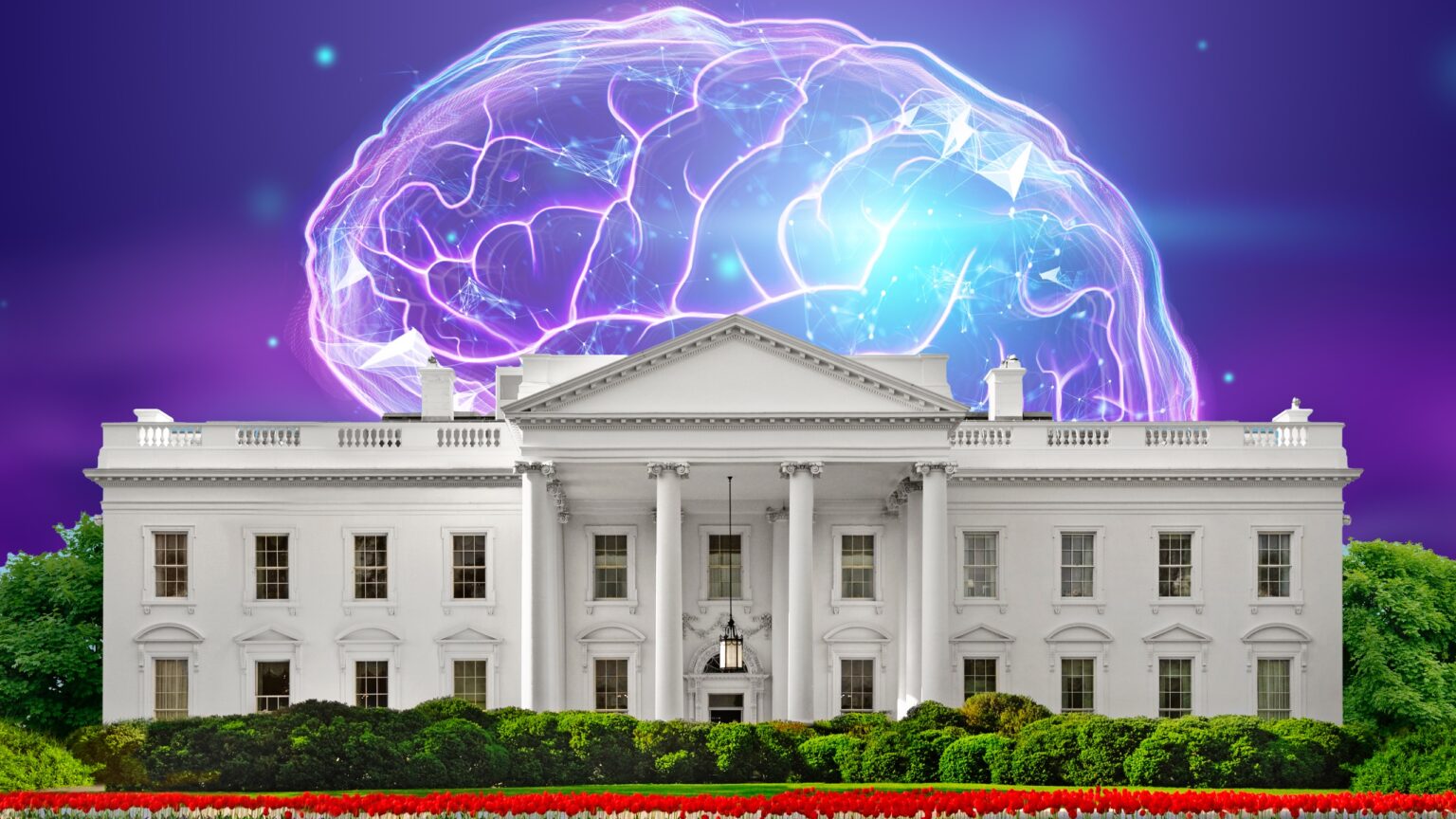The White House is embarking on new measures to scrutinise the impact of artificial intelligence as it allocates investments towards technology.
The administration is planning to ask workers how their employers use AI, which has allocated federal investment in the field with the expectations of changing the nature of work.
A study conducted by SnapLogic in 2021 revealed that 61 percent of workers experienced a notable increase in productivity following the adoption of AI in their respective workplaces.
Also Read: AI Token Akash Network Doubles in Value Due to New AI Apps
On the other hand, a recent study by Nexford University found that while some argue that AI and robotics may lead to job loss, others emphasize that “robots and AI technologies can and will create a great many new vocations and help solve complex problems, making our daily lives easier and more convenient.”
Hence, AI has already become a major part of jobs and is expected to rise in the next few years.
The widespread usage of AI apps and tools by millions of users has sparked discussions among supporters who claim their capabilities extend to tasks such as medical diagnoses, screenplay writing, legal brief creation, software debugging, and so on.
However, this surge in adoption has also prompted rising concerns regarding potential privacy infringements, the potential for biased employment decisions, and the possibility of enabling scams and misinformation campaigns through the use of this technology.
Listening session with stakeholders
The White House will gather the experience of workers via listening sessions with workers, work experts, researchers, and policymakers regarding surveillance, monitoring, and evaluation.
The administration is set to introduce new measures, including an updated roadmap for federal investment, addressing burning areas of the technology, such as AI research.
Imagine how long it takes the government to do a thing and then imagine them trying to work on this.
White House takes new steps to study AI risks, determine impact on workers | Reuters https://t.co/35yMCB5QQ2
— Eliza (@elizableu) May 24, 2023
Additionally, public input on AI risks, along with a forthcoming report from the Department of Education focusing on the effects of AI on teaching, learning, and research, will also be included.
The listening session and other new measures come after a meeting arranged by President Joe Biden earlier this month, which brought together chief executives from leading artificial intelligence companies such as Microsoft and Alphabet’s Google.
AI is everywhere
This year has been the year of AI, boosted by the ubiquitous ChatGPT’s launch last November. As generative AI booms as a new sector in the tech industry, it’s also being used for everything from tracking employees to mega events.
According to a recent survey by recruitment giant Hays, there is a noticeable inconsistency in the perception of AI between employees and employers in the workplace.
While 56% of employers believe that AI should be embraced, only 49% of employees share this viewpoint, with 13% expressing concerns about its impact.
The survey also revealed that 55% of workers feel their employers are not adequately preparing them for the integration of AI in their roles.
In the survey, 21% of organizations reported already using AI tools, while 27% are investing in AI training for their staff.









 and then
and then